The Volkswagen Beetle, with its distinctive rounded silhouette and cheerful demeanor, has traversed an extraordinary journey from its controversial origins to becoming one of the most recognizable cultural icons of the 20th century. What began as a utilitarian "people's car" under Nazi Germany transformed into a global symbol of freedom, counterculture, and nostalgia—outliving its original purpose by decades. Its 80-year evolution mirrors the turbulent history of postwar Europe and America, reflecting societal shifts through its changing ownership and perception.
Conceived in an era of propaganda, the Beetle’s origins remain a stain on its legacy. Ferdinand Porsche’s design was championed by Adolf Hitler as part of a nationalist campaign to motorize Germany, with the KdF-Wagen (Strength Through Joy car) intended to be affordable for working-class citizens. The vehicle’s production was inextricably linked to forced labor during WWII, a dark chapter Volkswagen later acknowledged. Yet postwar, the British occupation forces recognized the car’s potential, resurrecting the factory and rebranding it as a beacon of German economic recovery. The Beetle’s simplicity—air-cooled engine, rear-wheel drive, and repairable design—made it indispensable in a shattered Europe.
By the 1950s, the Beetle had shed its political baggage through sheer ubiquity. Exports to the U.S. revealed an unexpected charm: Americans adored its quirky defiance of Detroit’s chrome-laden giants. Unlike tail-finned behemoths guzzling fuel, the Beetle was economical and reliable, thriving in suburban driveways and college campuses alike. Its advertising famously mocked American excess, with the 1960s "Think Small" campaign leveraging self-deprecating humor to highlight its compact efficiency. The car became a canvas for personalization—painted in psychedelic colors, adorned with flower decals, or modified into dune buggies by California surfers.
The Beetle’s cultural ascent coincided with the upheavals of the 1960s. It was embraced by hippies as an anti-establishment statement, its nonconformist shape mirroring the rejection of postwar conformity. Hollywood cemented its status; Herbie the Love Bug anthropomorphized the car as a plucky underdog, while its cameo in Disney films and rock album covers rendered it a celebrity. Universities teemed with Beetles, their engines simple enough for students to tinker with. This period marked the car’s metamorphosis from transportation to talisman—a mobile emblem of youth rebellion and optimism.
However, the 1970s brought existential challenges. Stricter safety and emissions regulations exposed the Beetle’s aging design. Volkswagen’s introduction of front-wheel-drive water-cooled models like the Golf (Rabbit in the U.S.) signaled a pivot toward modernity. Yet the Beetle persisted, sustained by niche appeal. Mexico became its final production stronghold, where it remained popular as affordable urban transport. The original model’s 2003 discontinuation prompted worldwide nostalgia, with enthusiasts preserving "Bugs" as vintage collectibles. Volkswagen’s 1998 retro-inspired New Beetle—though mechanically unrelated—rekindled affection for the silhouette, albeit as a lifestyle accessory rather than an everyman’s car.
Today, the Beetle’s legacy is multifaceted. Historians grapple with its wartime complicity, while designers celebrate its enduring aesthetic—a rare case of function following form. For millions, it evokes personal memories: a first car, a family road trip, or a symbol of bygone idealism. Museums and fan clubs preserve its engineering heritage, yet its cultural imprint looms larger. From Nazi propaganda tool to hippie mascot to merchandised relic, the Beetle’s journey reflects humanity’s capacity to redefine objects beyond their origins. It remains, as one journalist quipped, "the car that outran its history."
The story of the Beetle is ultimately one of resilience and reinvention. Few industrial designs have achieved such emotional resonance across generations and borders. Its shutdown in 2019 felt like the end of an era, but its cultural afterlife continues—a testament to how ordinary objects can become extraordinary symbols. Whether as a vintage curio or a meme-worthy icon, the Beetle’s bug-eyed grin endures, winking at us from the rearview mirror of history.
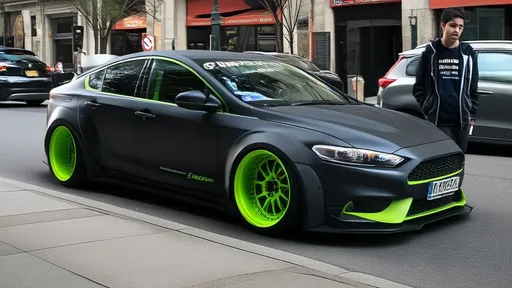
By /Jun 15, 2025
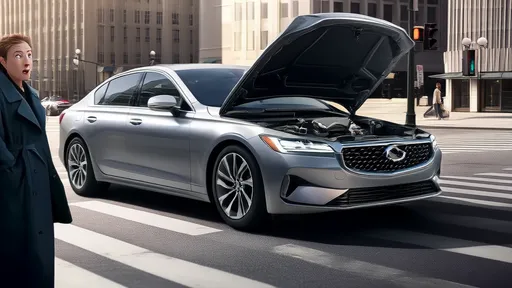
By /Jun 15, 2025

By /Jun 15, 2025

By /Jun 15, 2025
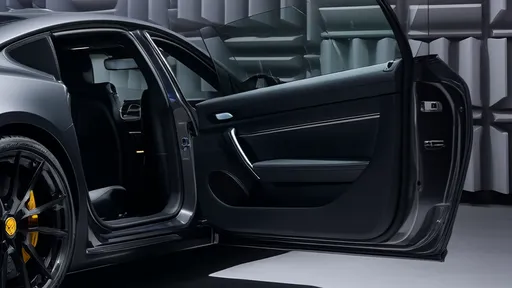
By /Jun 15, 2025
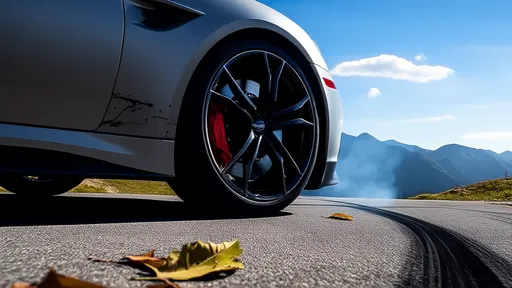
By /Jun 15, 2025
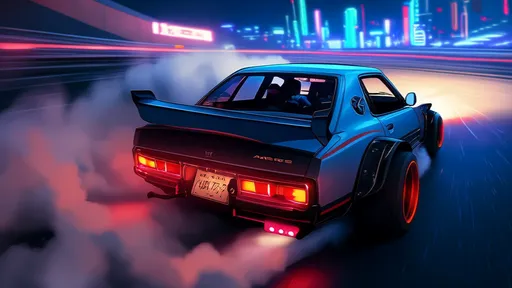
By /Jun 15, 2025

By /Jun 15, 2025

By /Jun 15, 2025
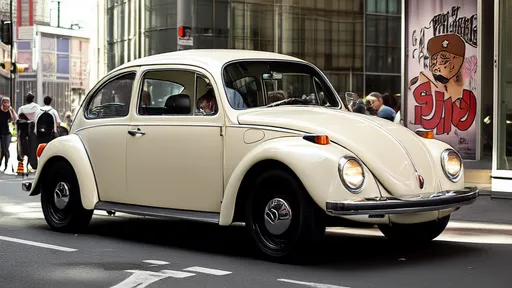
By /Jun 15, 2025

By /Jun 15, 2025

By /Jun 15, 2025

By /Jun 15, 2025

By /Jun 15, 2025
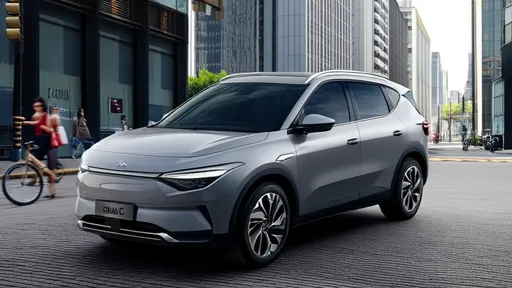
By /Jun 15, 2025
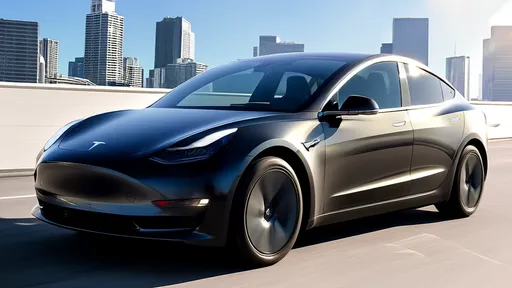
By /Jun 15, 2025